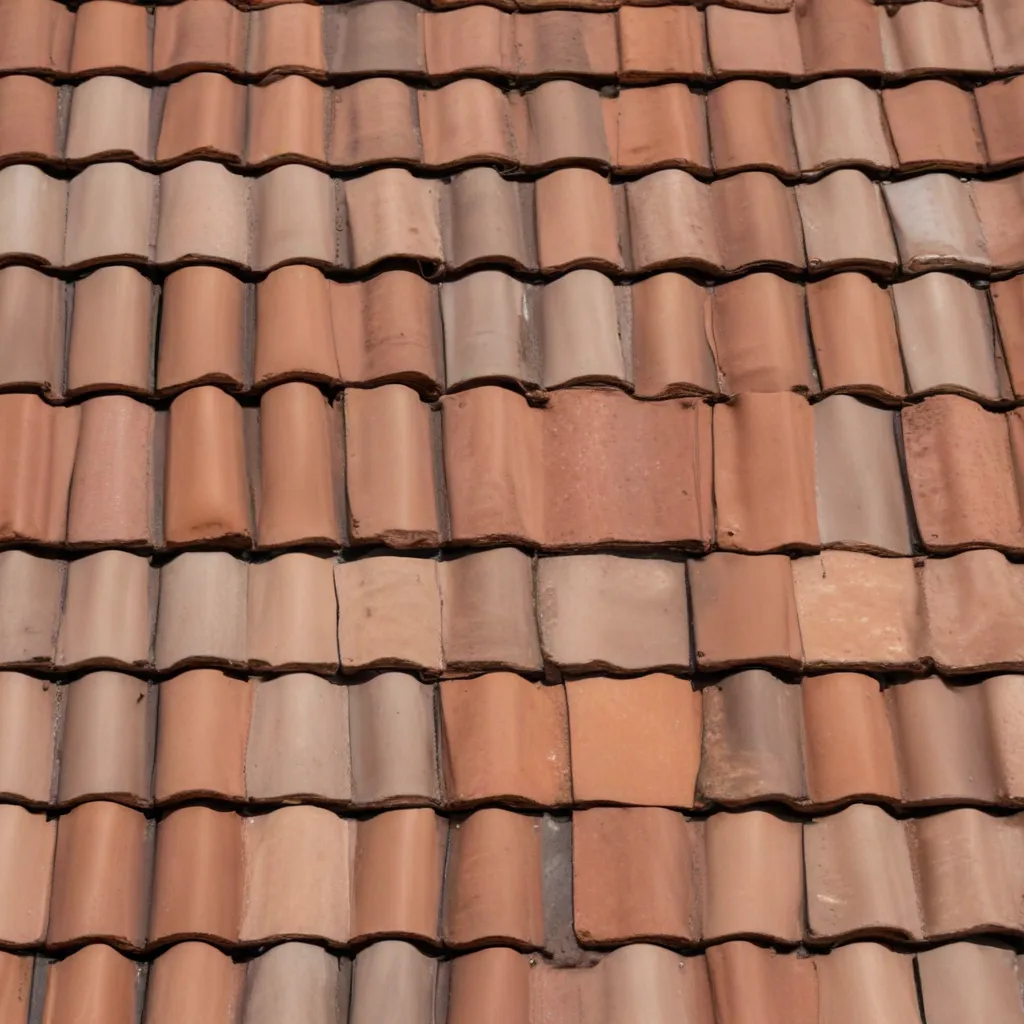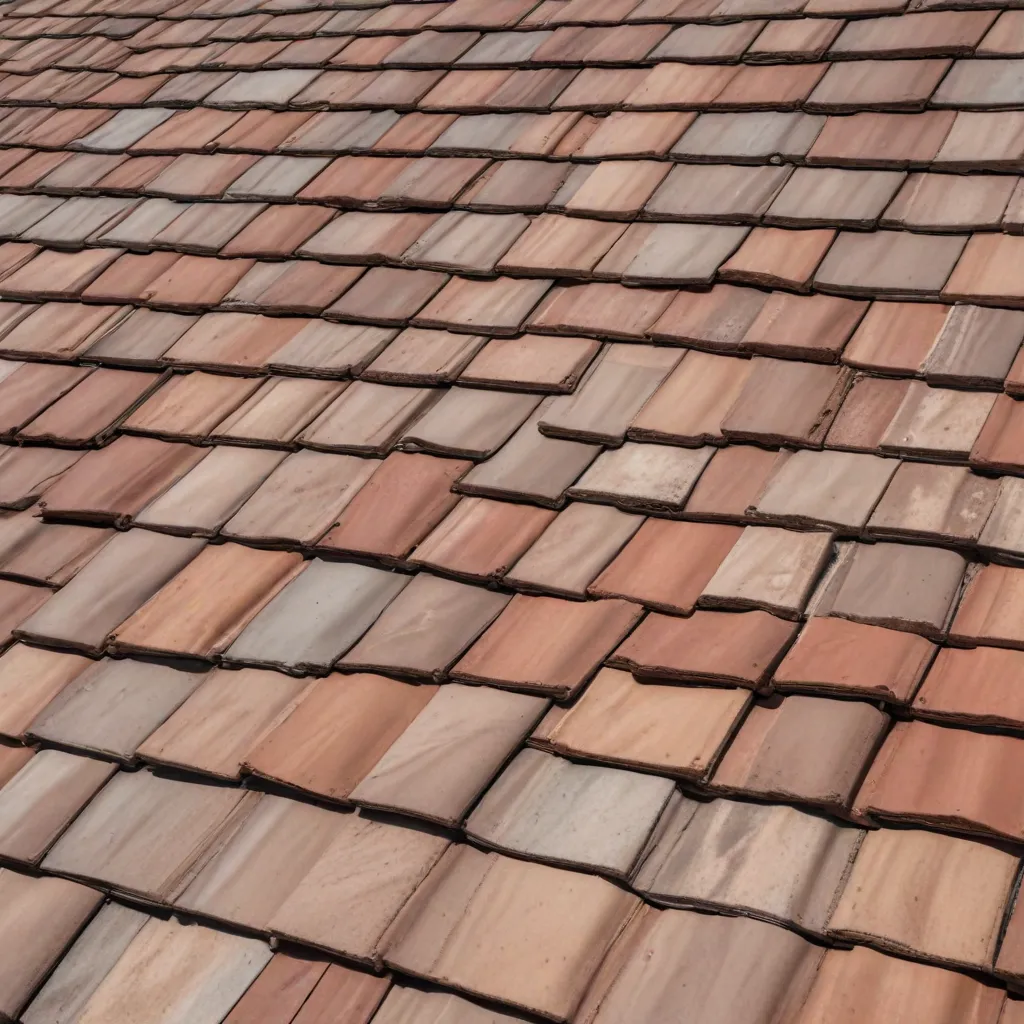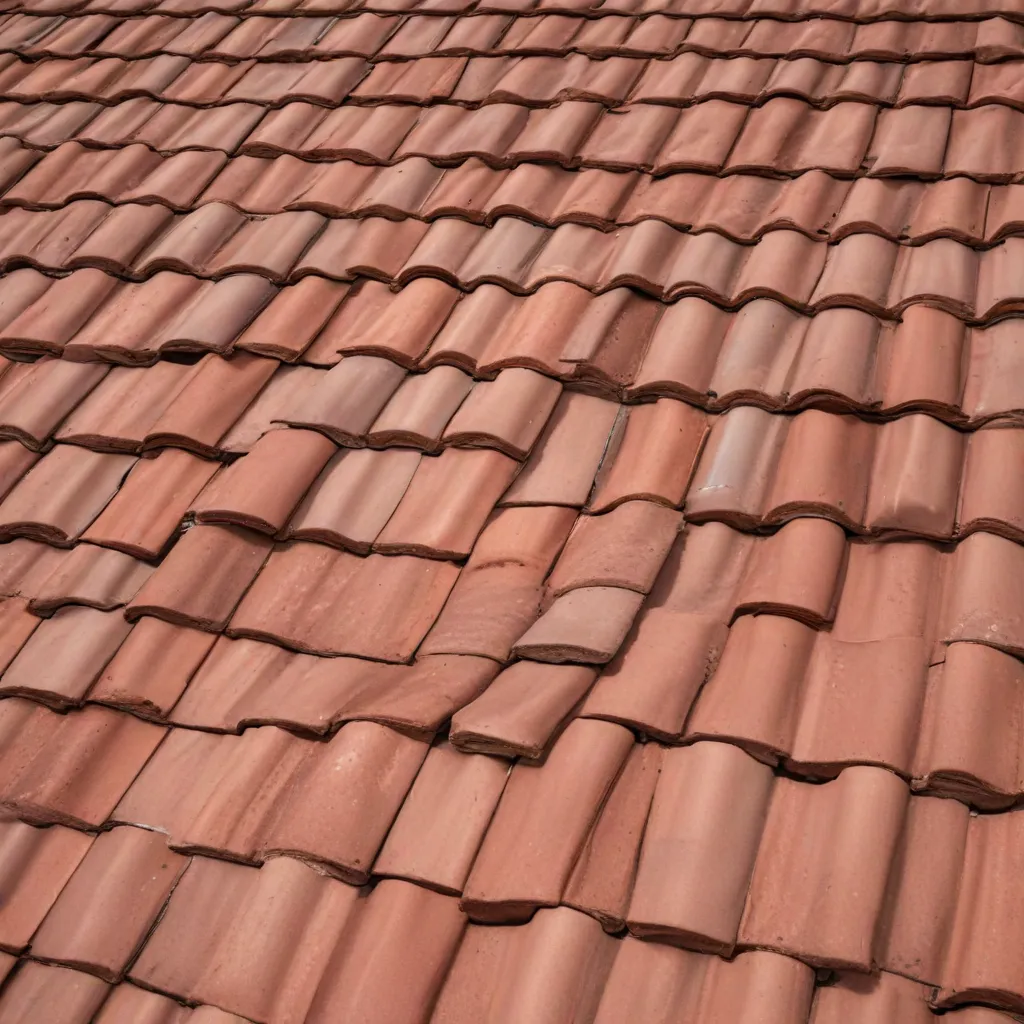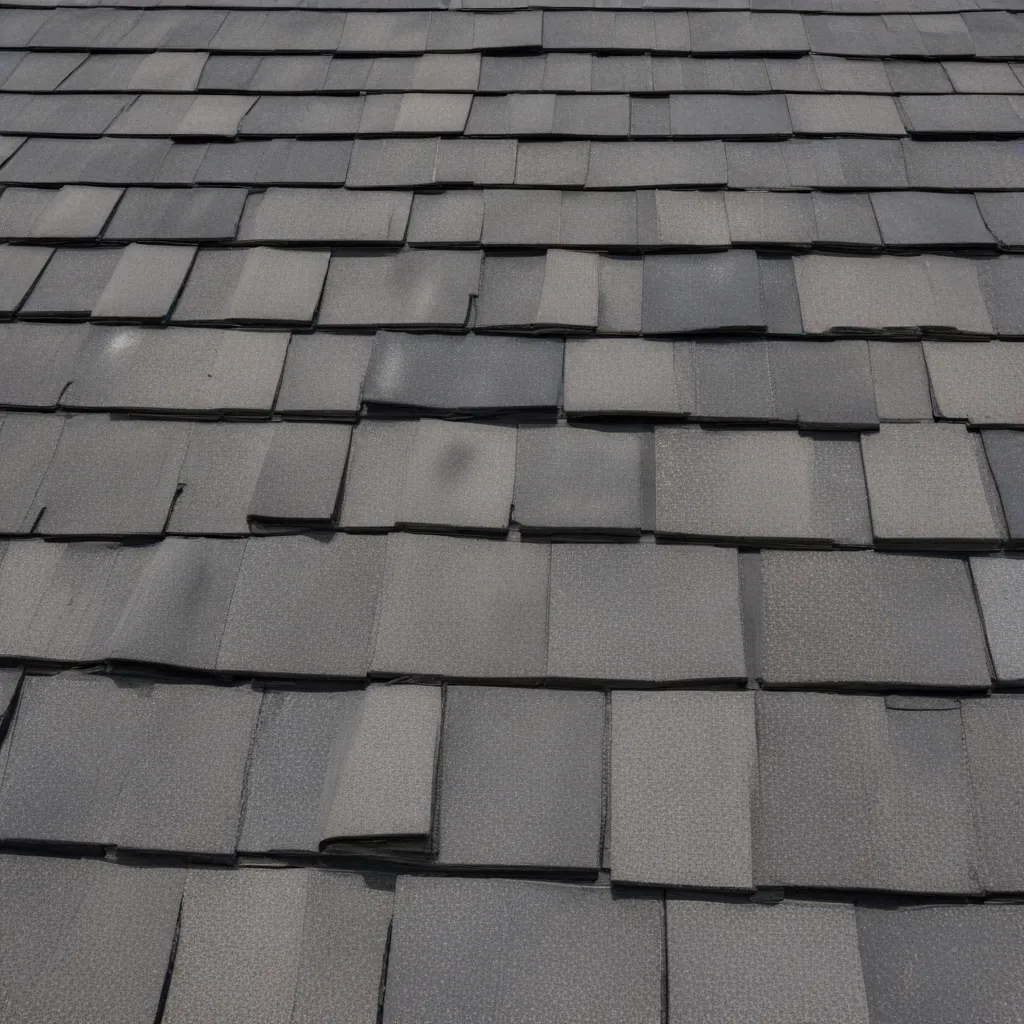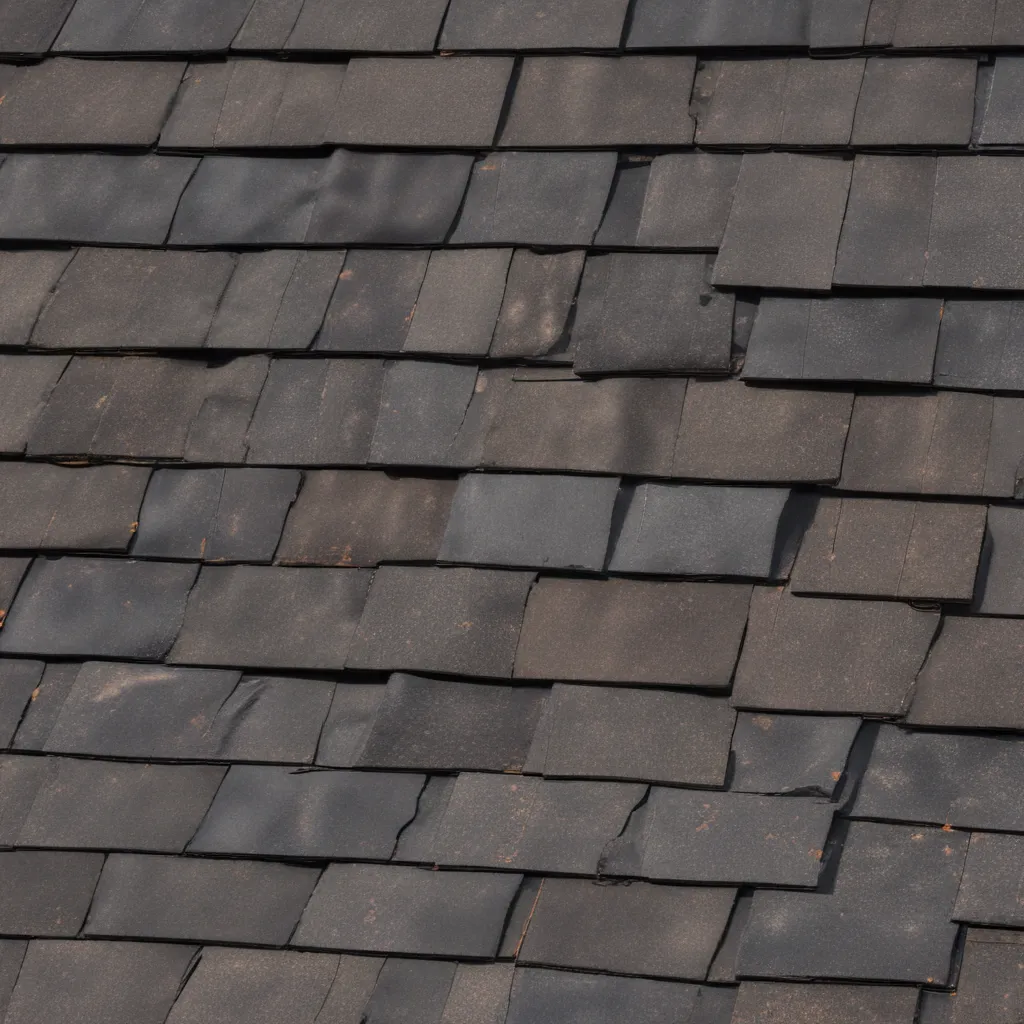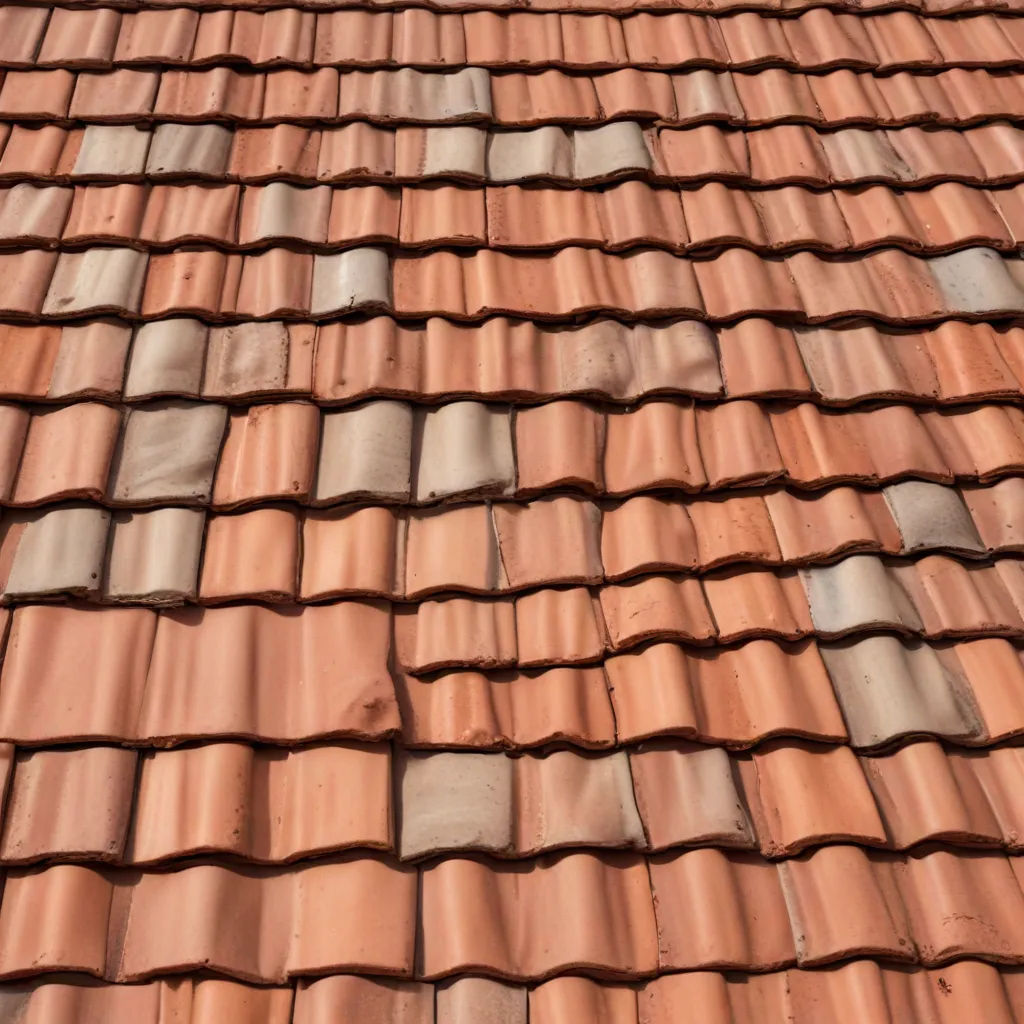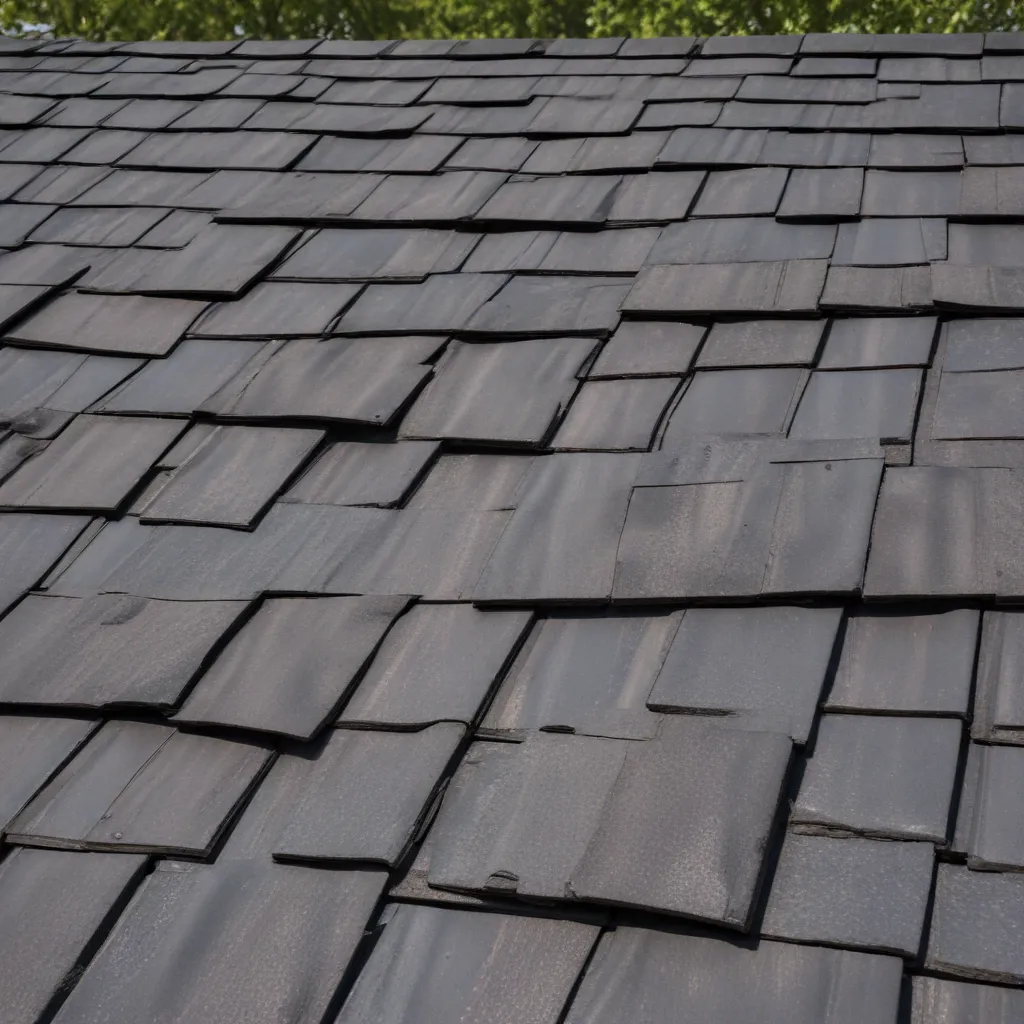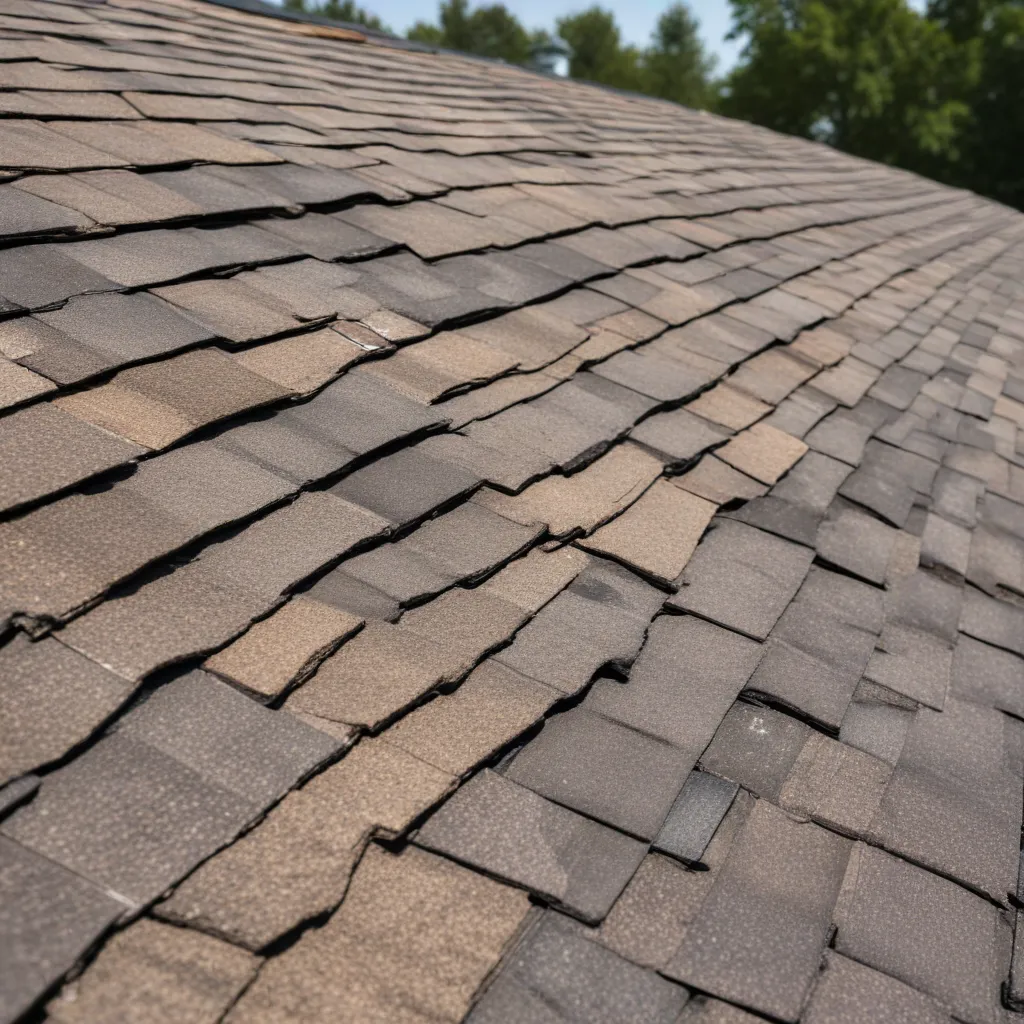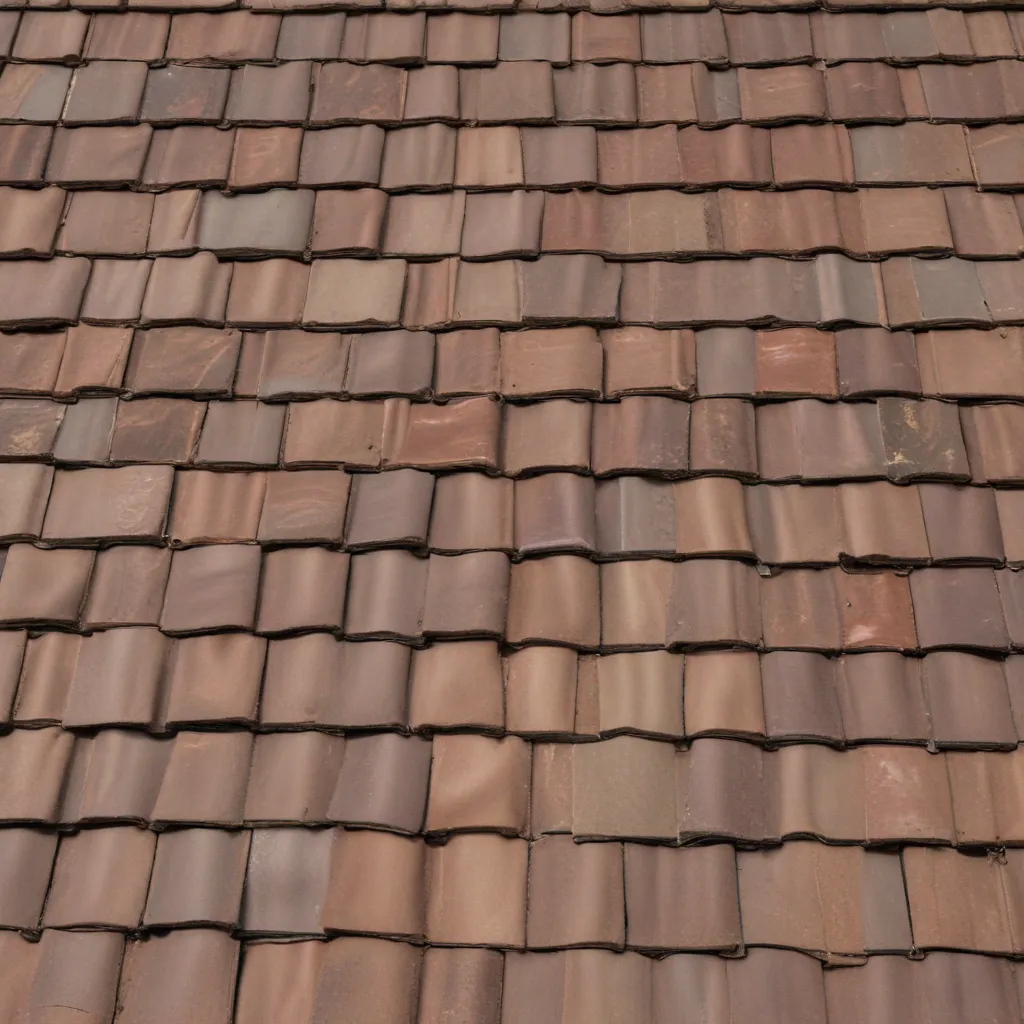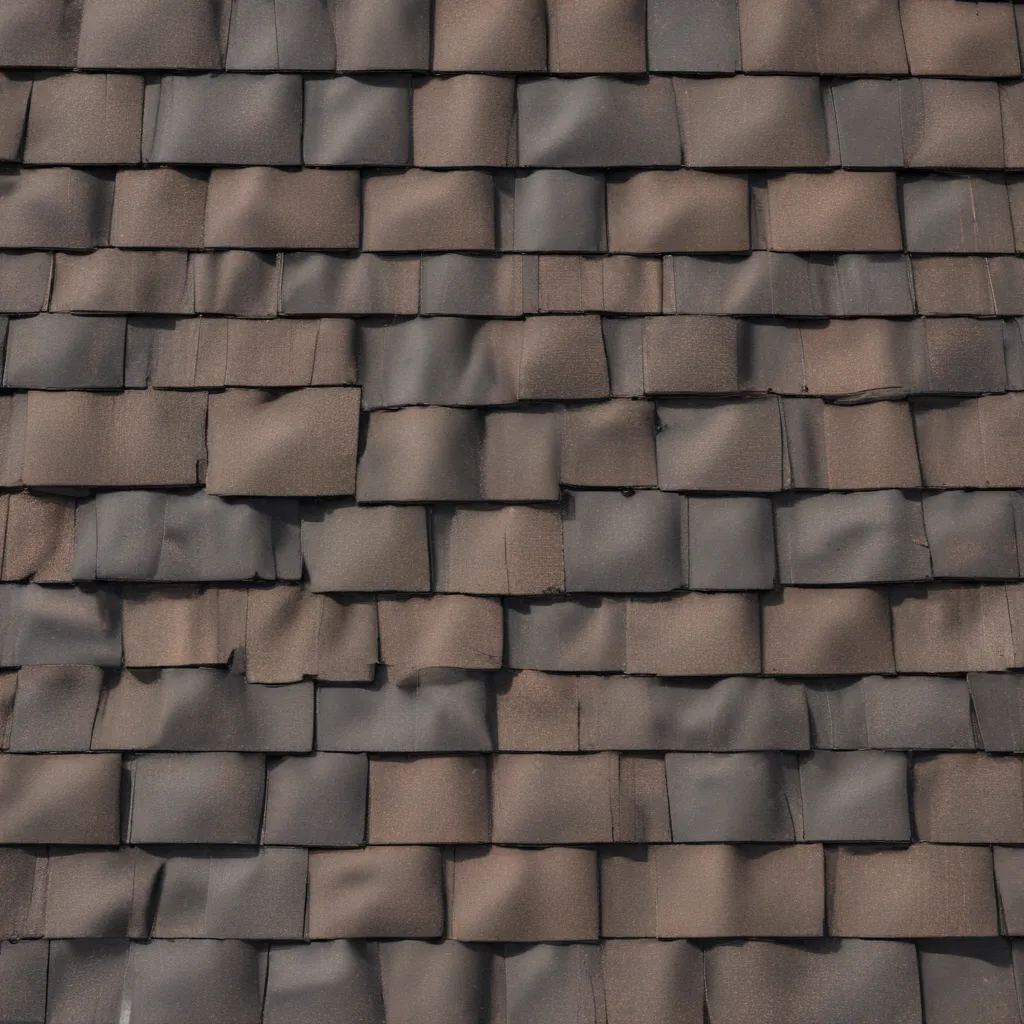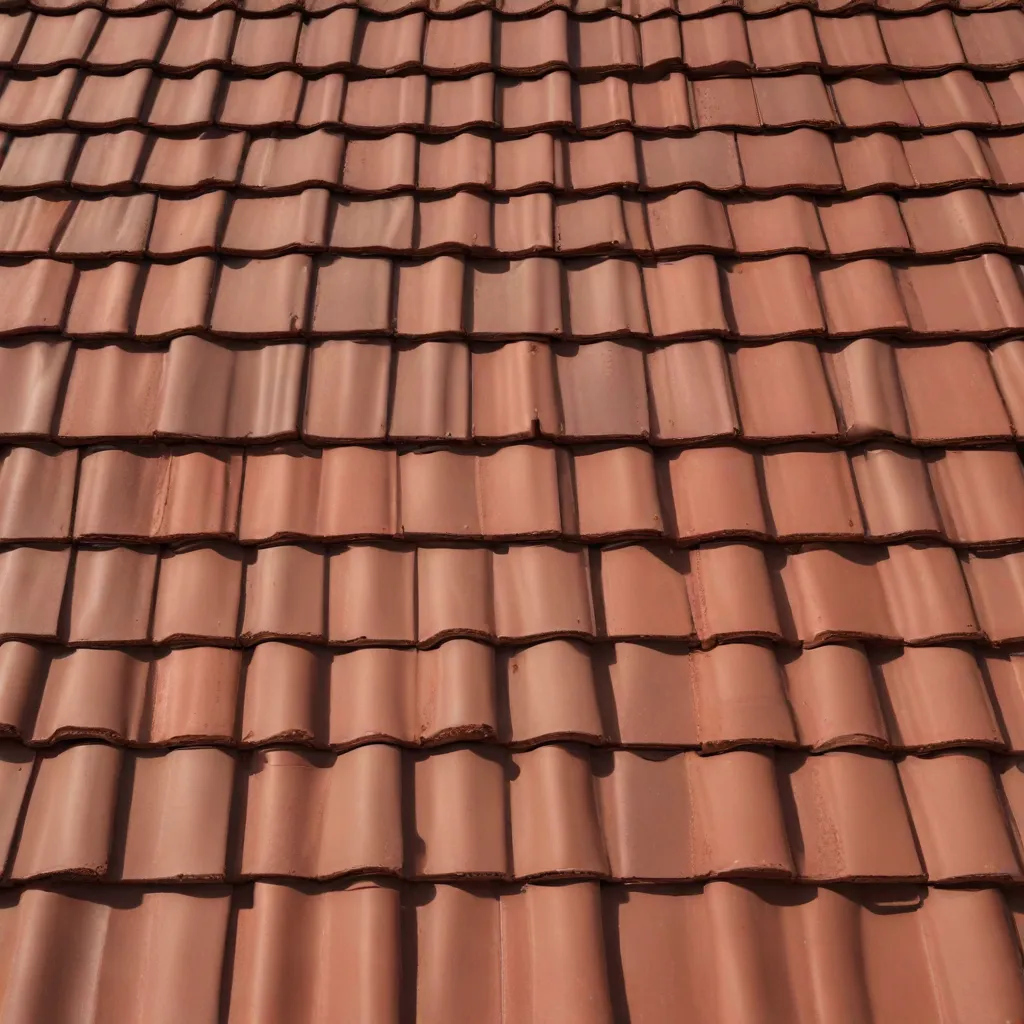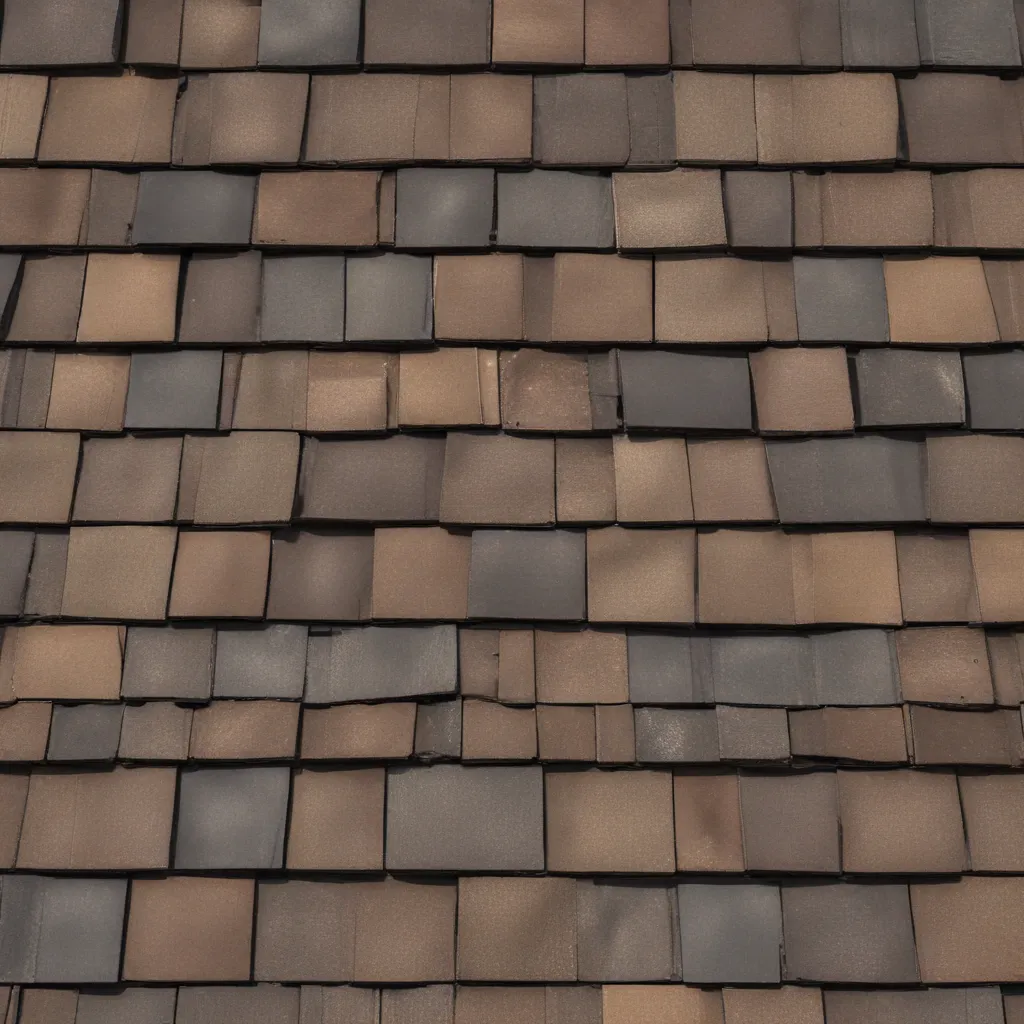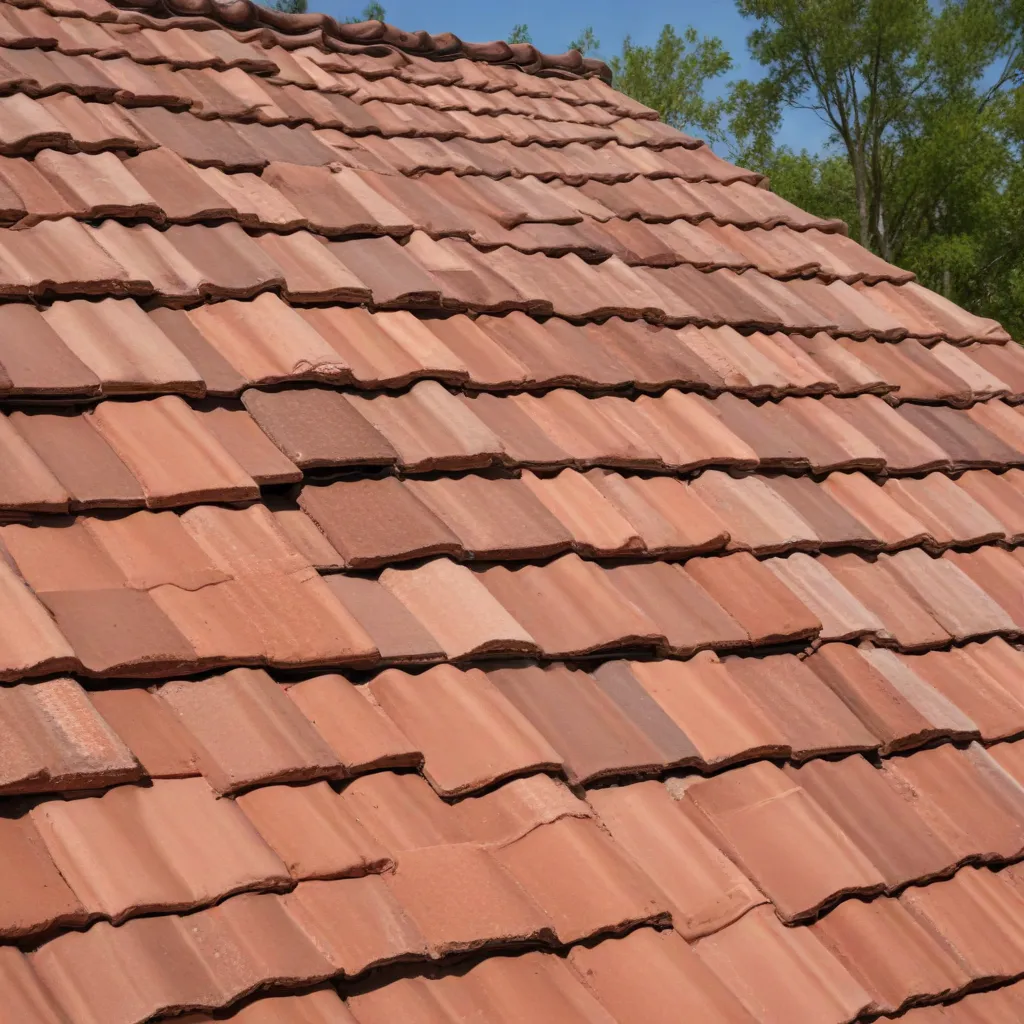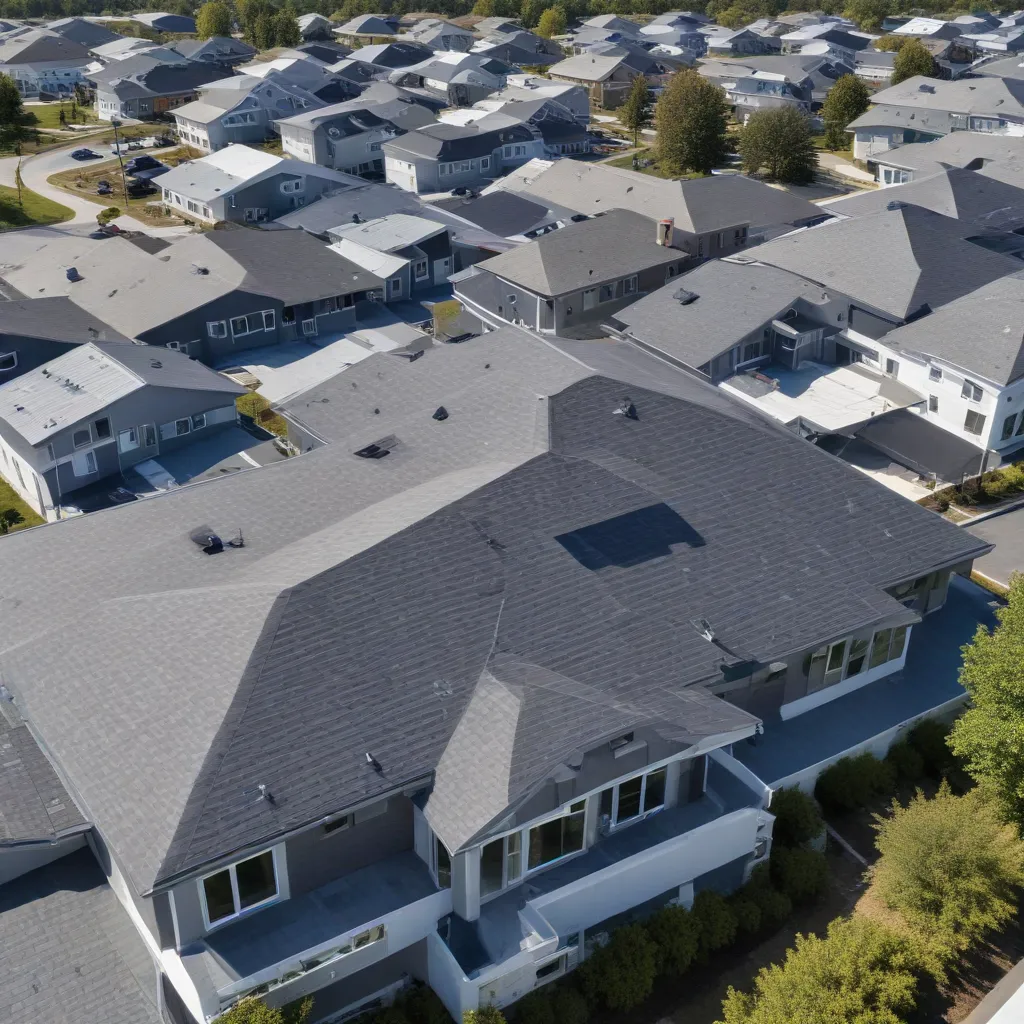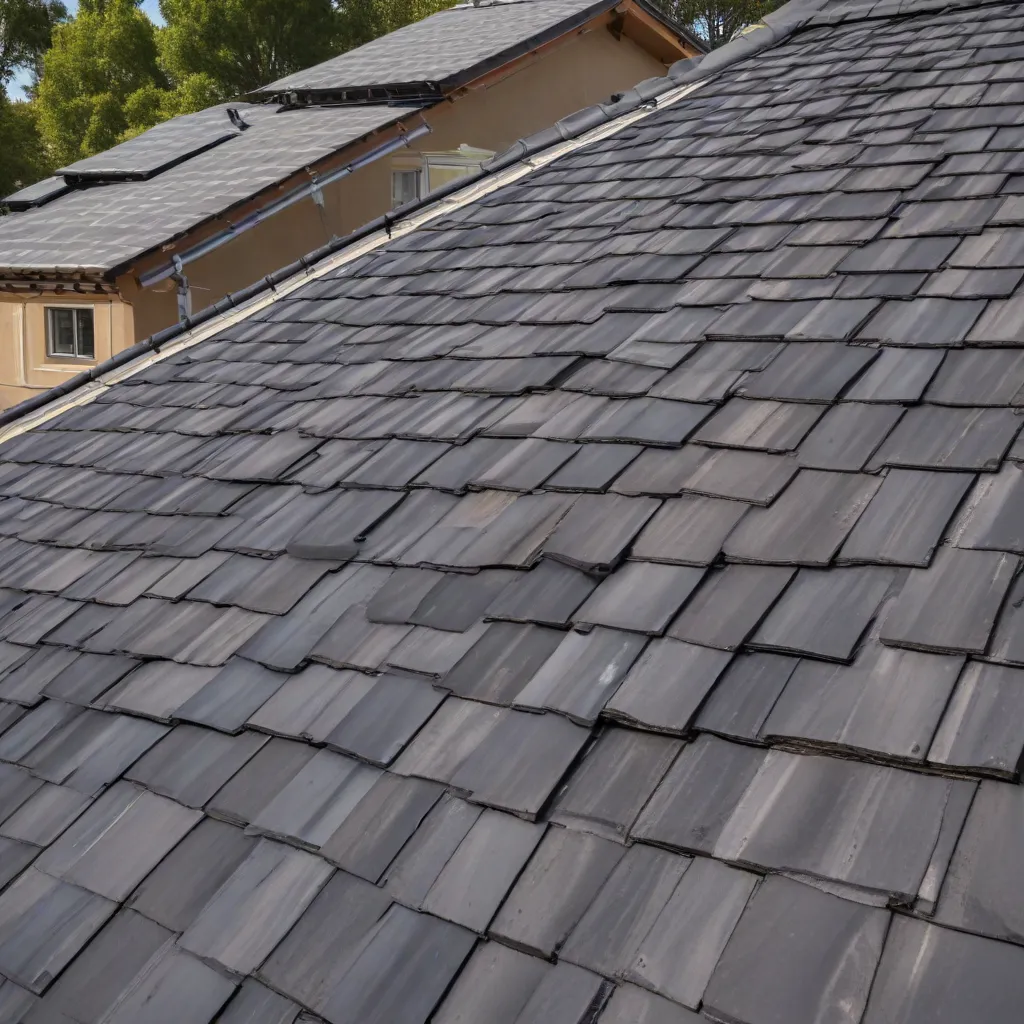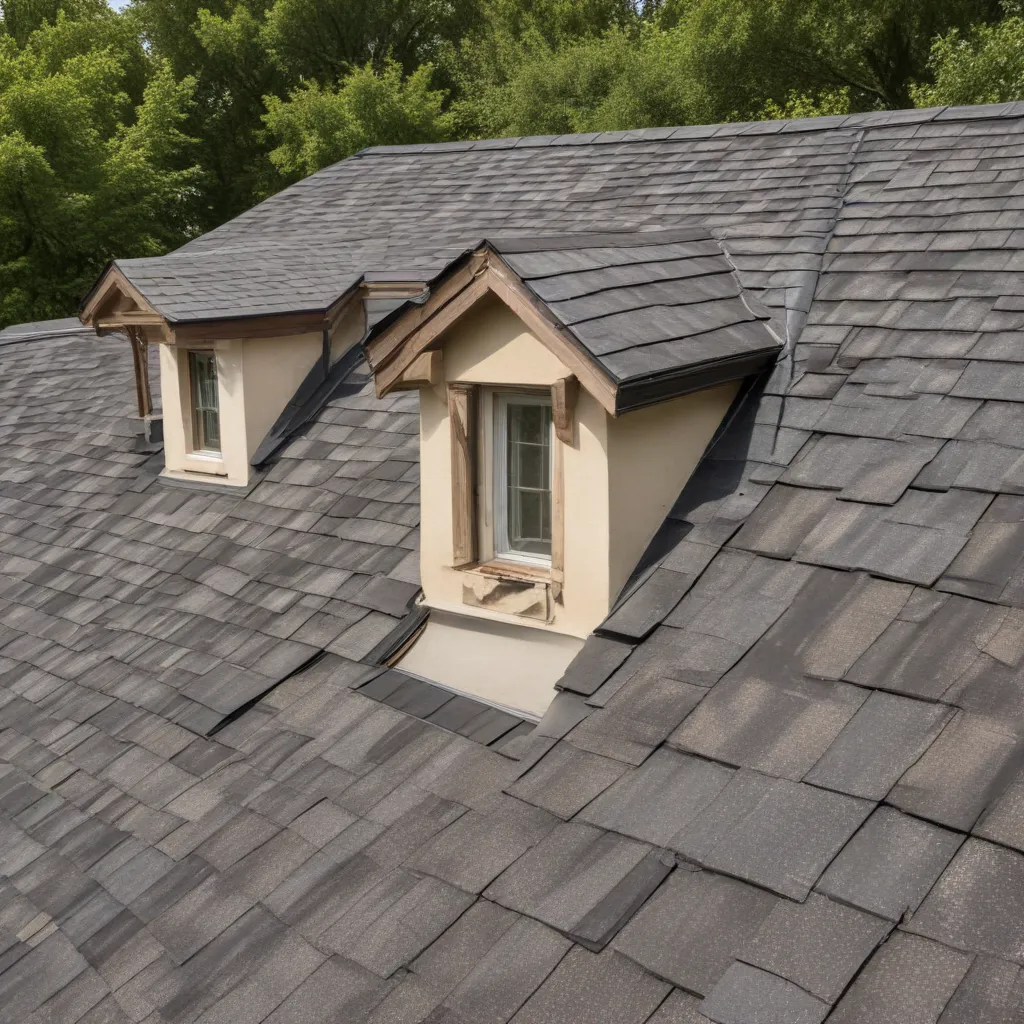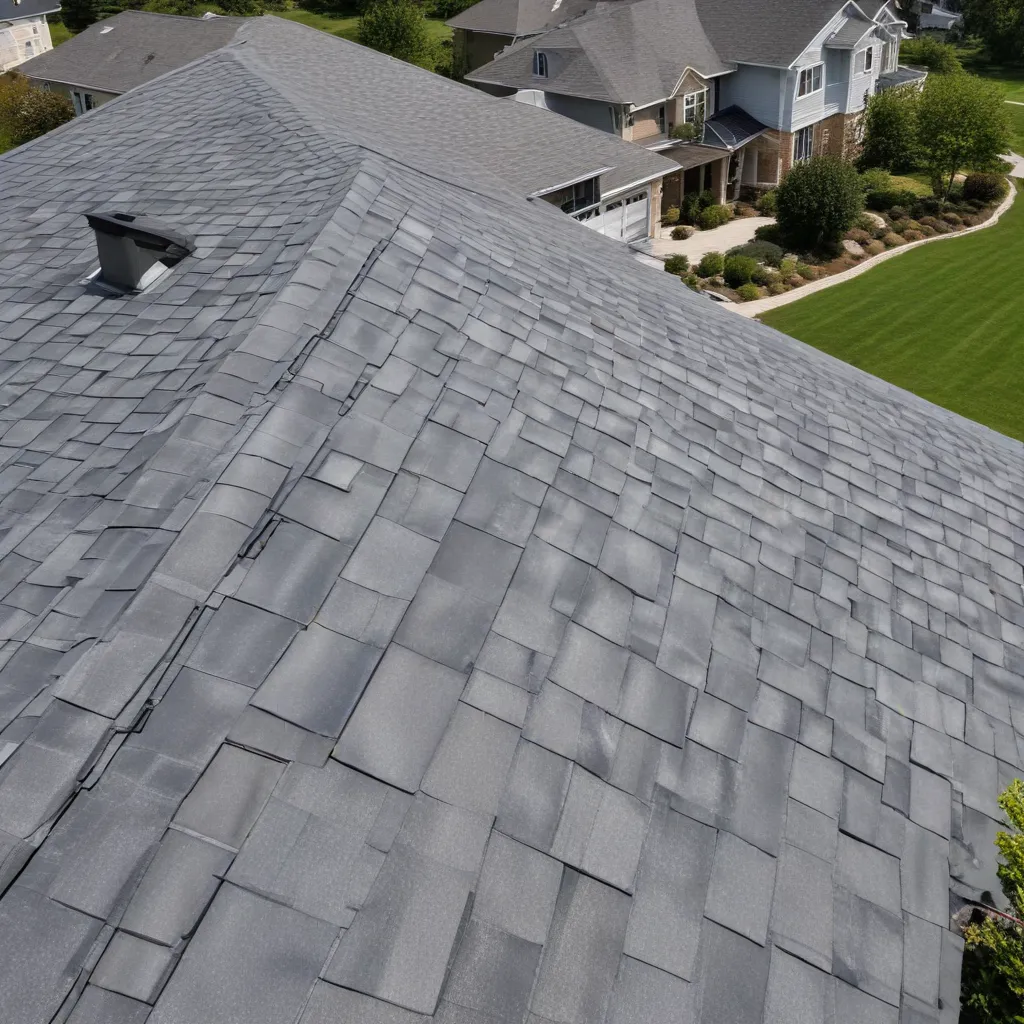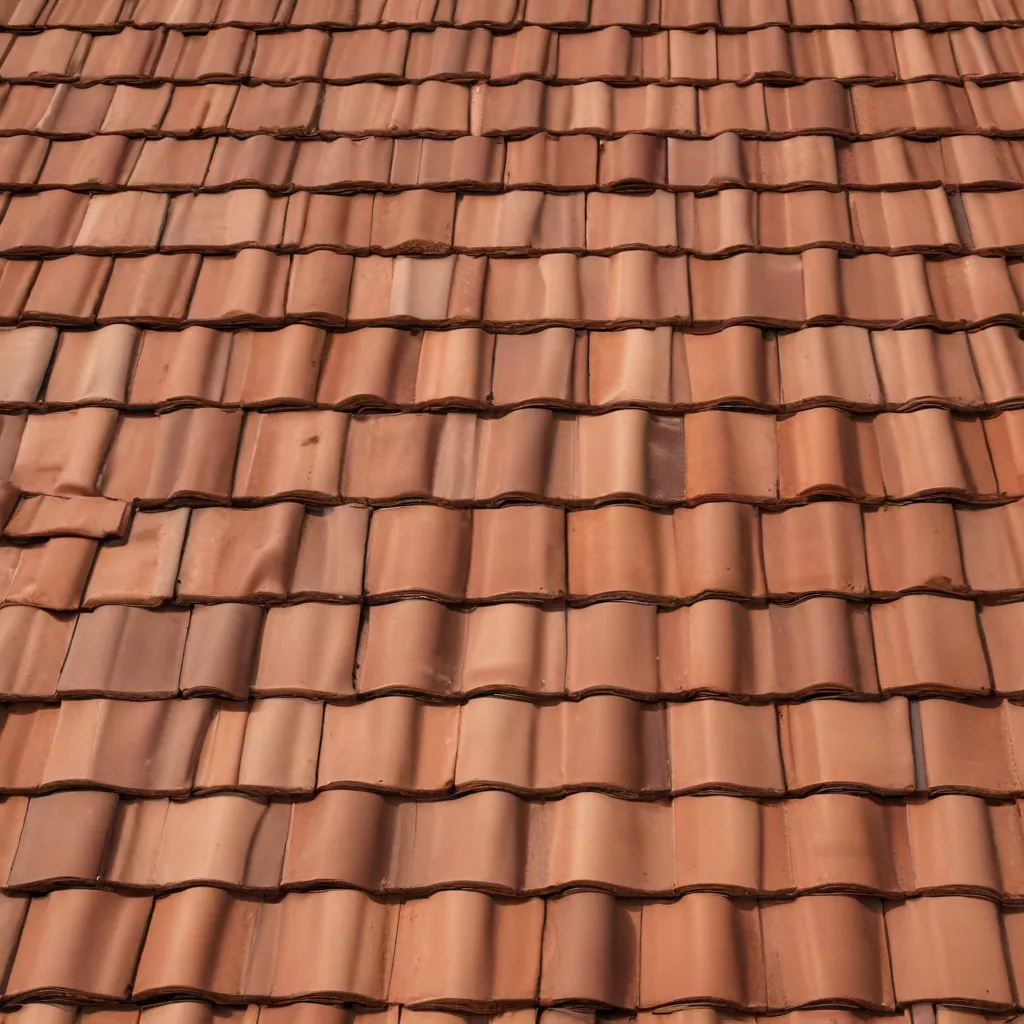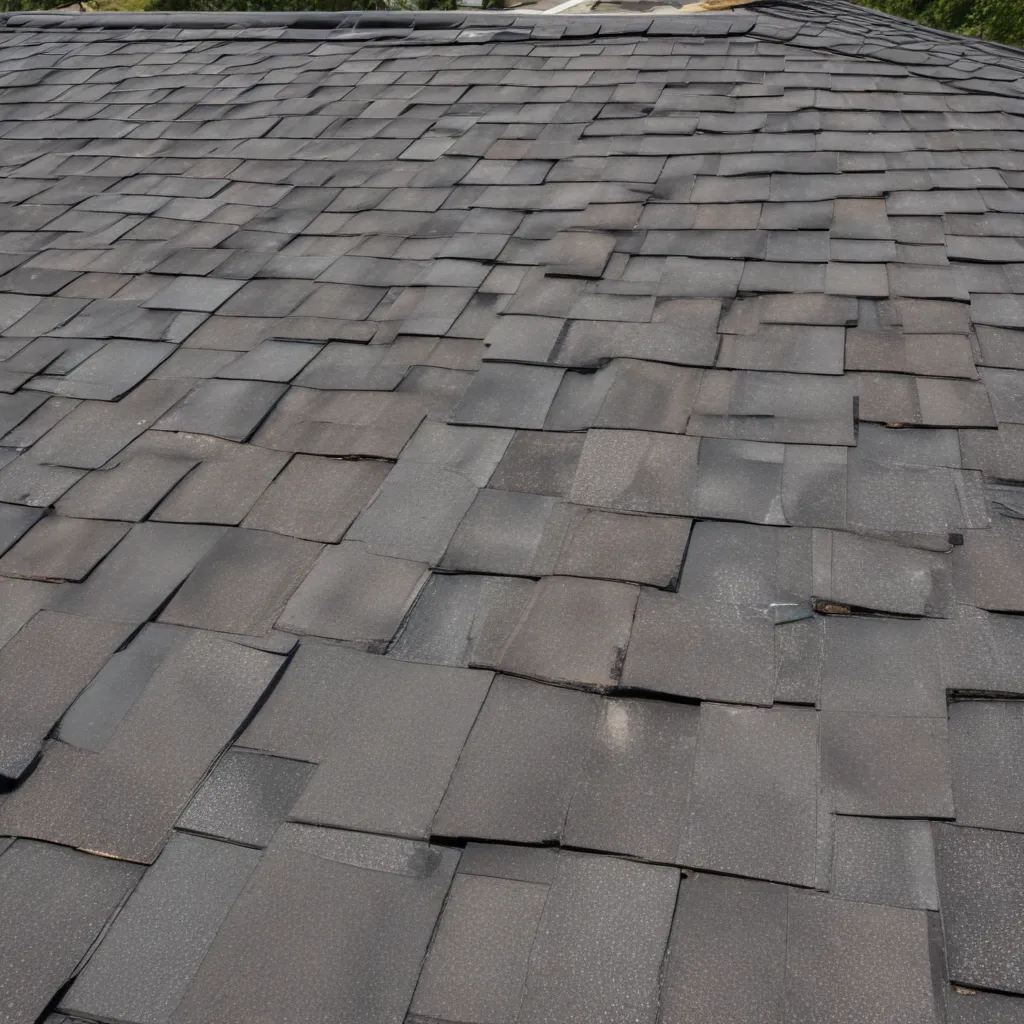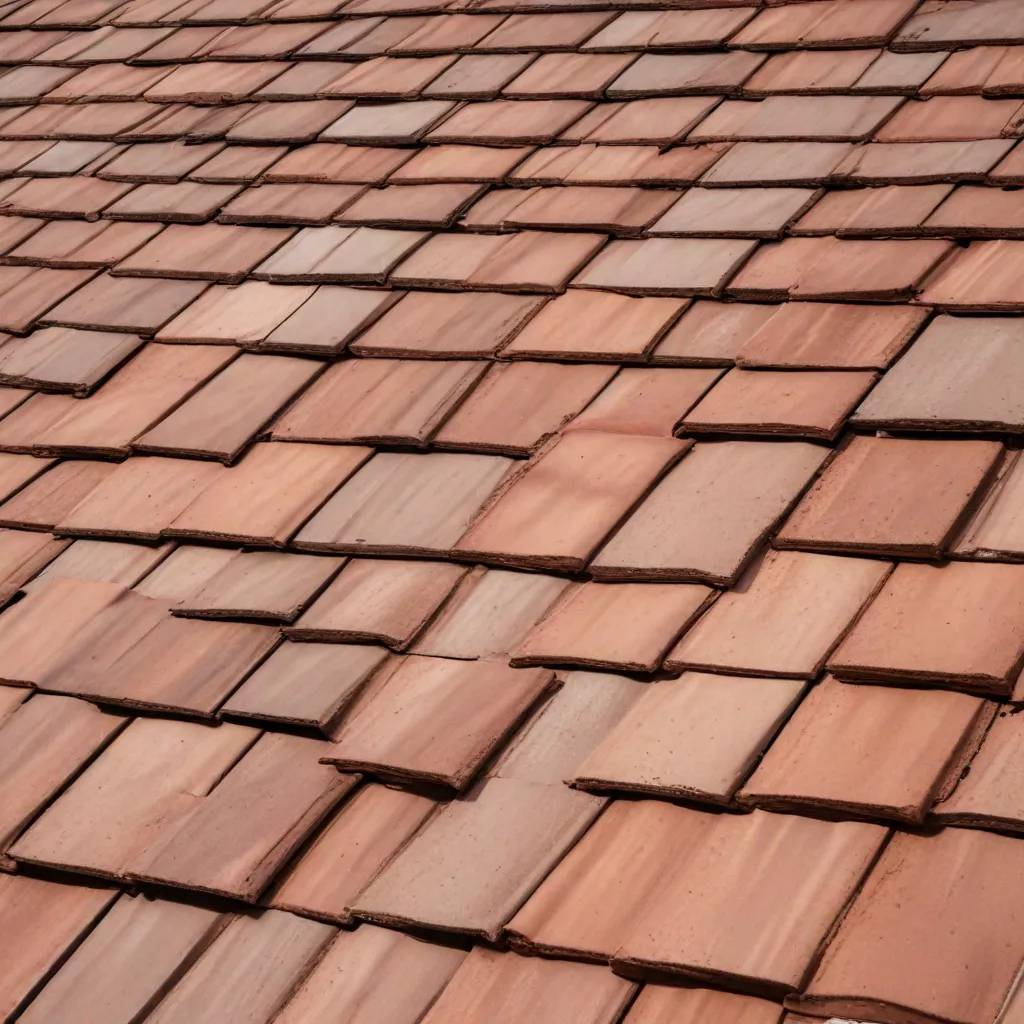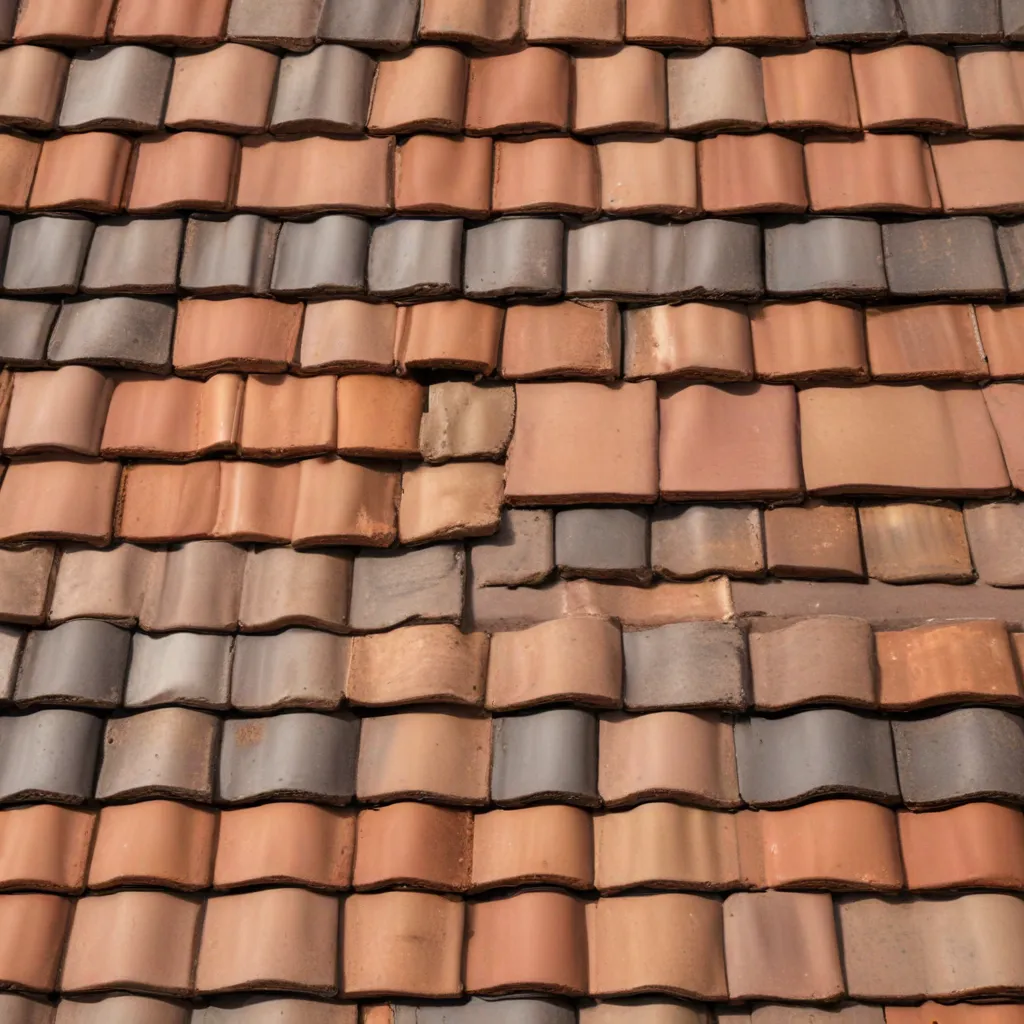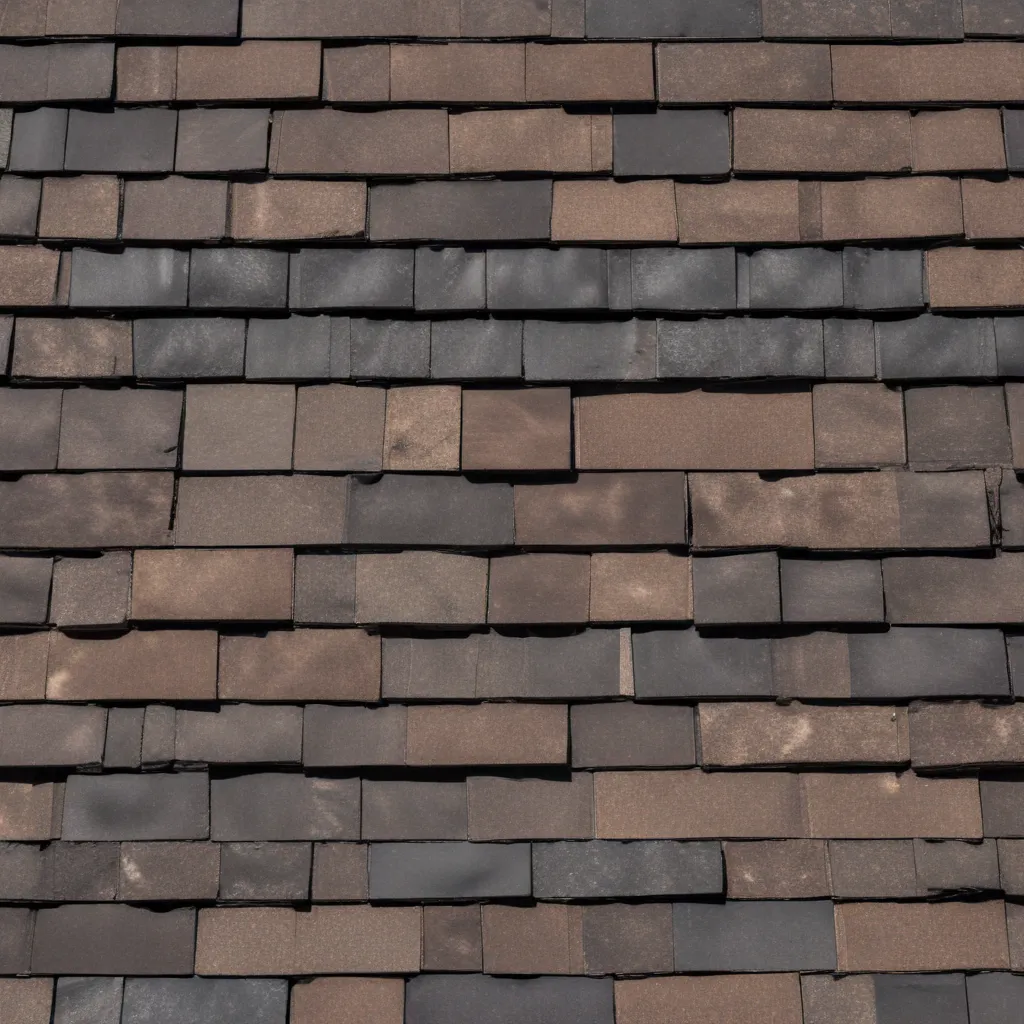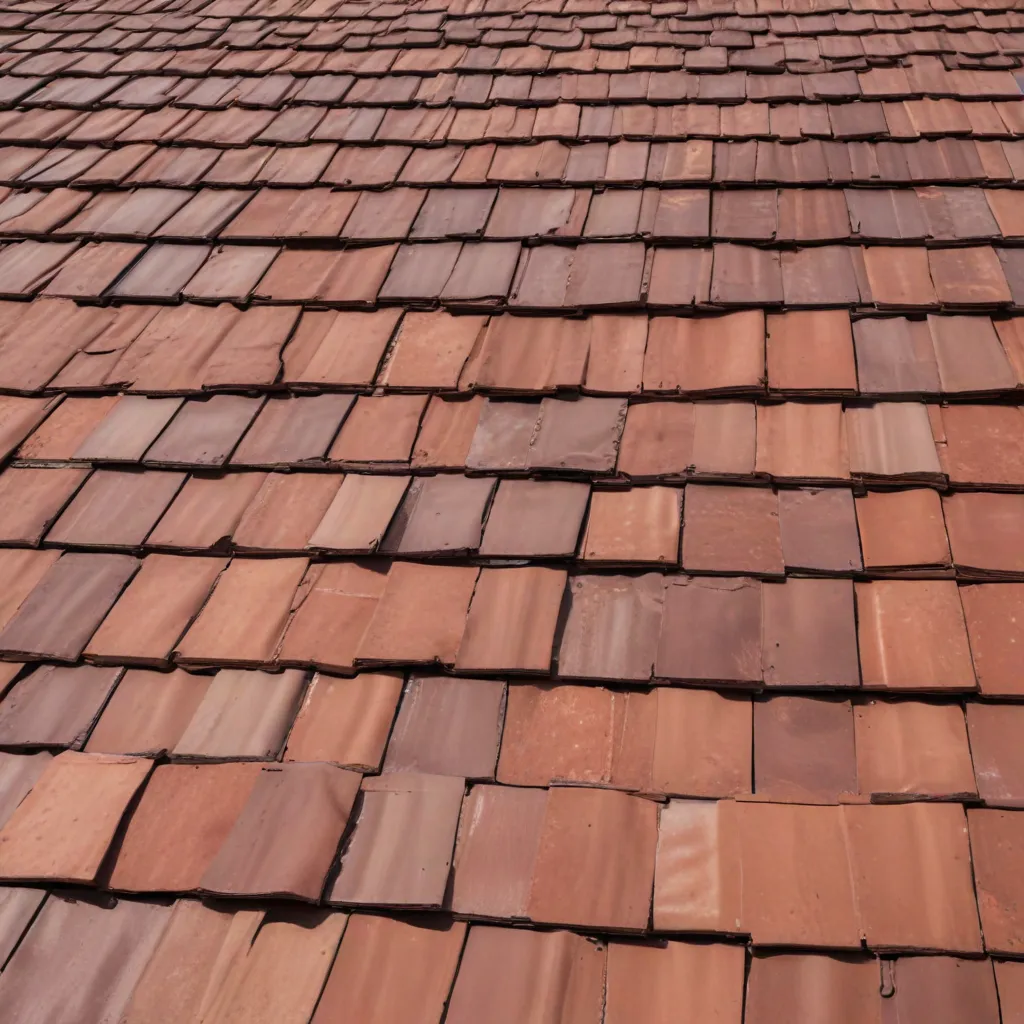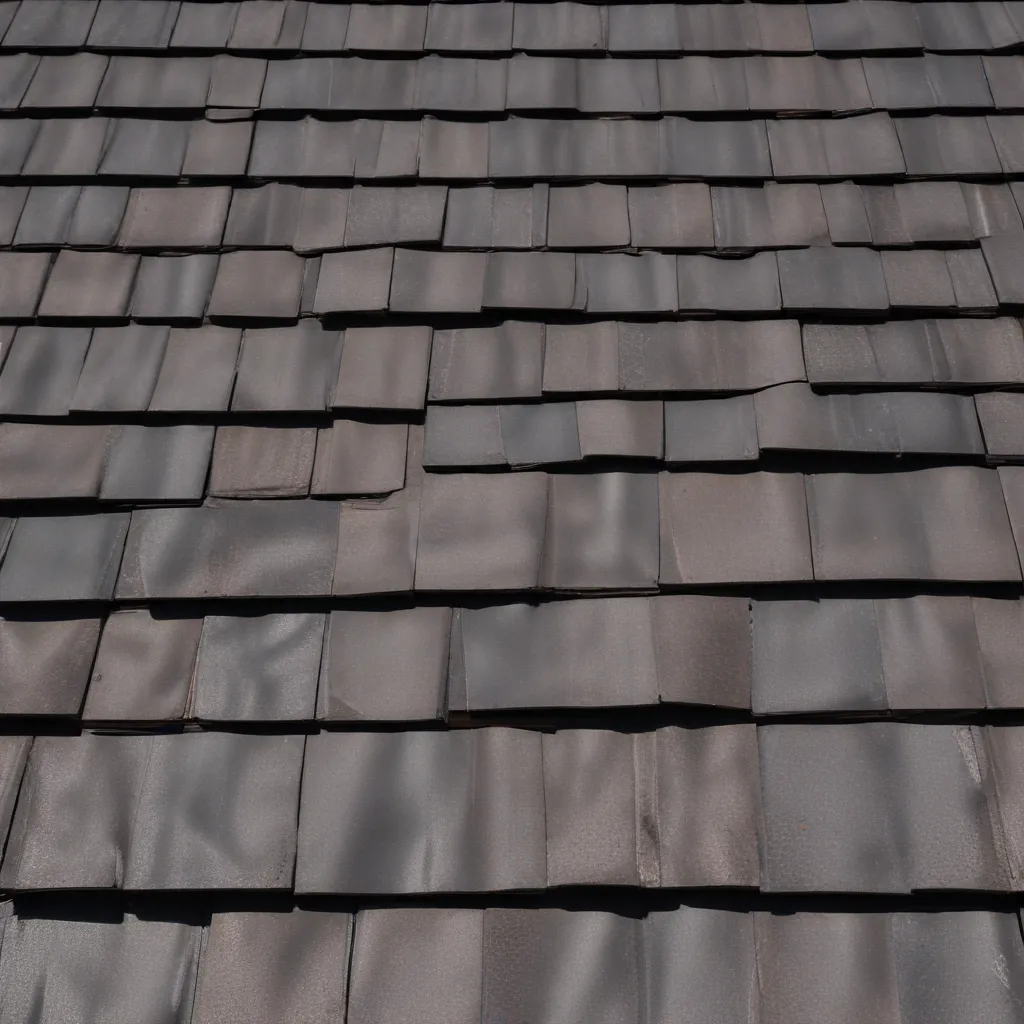
The roofing industry has undergone a remarkable transformation in recent years, with the emergence of innovative composite roofing materials that are redefining the way we conceptualize and construct our homes’ protective coverings. These advanced materials, which blend cutting-edge technology with enhanced durability and aesthetic appeal, are revolutionizing the roofing landscape.
In this comprehensive article, we’ll delve into the world of composite roofing, exploring the various types, their remarkable benefits, and the latest advancements that are shaping the future of roofing. We’ll also examine the performance characteristics, sustainability considerations, and the implications of these innovations for homeowners and building professionals alike.
Types of Composite Roofing
Composite roofing materials encompass a diverse range of products, each with its own unique composition and properties. Let’s explore the three primary categories of composite roofing:
Polymer-Based Composites: These materials are typically made from a combination of synthetic polymers, such as polypropylene, polyethylene, or PVC, often reinforced with fiberglass or other fillers. Polymer-based composites offer exceptional strength, weather resistance, and design flexibility, making them a popular choice for residential and commercial applications.
Fiber-Reinforced Composites: These composites utilize a matrix of materials, such as resins or ceramics, reinforced with high-strength fibers, like glass, carbon, or aramid. The integration of these fibers enhances the overall structural integrity, impact resistance, and thermal performance of the roofing system.
Hybrid Composites: As the name suggests, hybrid composites combine multiple materials to create a synergistic effect. By blending the strengths of different components, these composites can offer a unique balance of properties, including improved weathering, energy efficiency, and aesthetic appeal.
Benefits of Composite Roofing
Composite roofing materials have gained widespread popularity due to their remarkable advantages, which extend far beyond traditional roofing options. Let’s explore some of the key benefits that make these materials a compelling choice for homeowners and building professionals:
Durability and Longevity: Composite roofing systems are designed to withstand the harshest weather conditions, including high winds, hail, and extreme temperatures. Many manufacturers offer warranties ranging from 20 to 50 years, ensuring long-term protection for your investment.
Energy Efficiency: Certain composite roofing materials are engineered with specialized coatings or reflective surfaces that help reduce heat absorption, leading to improved energy efficiency and lower cooling costs for your home or building.
Aesthetic Versatility: Composite roofing offers a vast array of design possibilities, allowing homeowners to choose from a wide range of colors, textures, and profiles that can seamlessly integrate with the architectural style of their property. Whether you’re aiming for a traditional, contemporary, or modern look, there’s a composite solution to match your vision.
Advancements in Composite Roofing
The world of composite roofing is continuously evolving, with manufacturers and researchers driving innovative developments in both manufacturing techniques and material compositions. Let’s explore some of the latest advancements that are shaping the future of this dynamic industry:
Manufacturing Techniques: Composite roofing production has benefited from advancements in molding processes, extrusion techniques, and automated assembly methods. These improvements have enhanced the precision, consistency, and efficiency of the manufacturing process, leading to higher-quality products and reduced production costs.
Material Innovations: Researchers and material scientists are continuously exploring new formulations and compositions to enhance the performance, durability, and sustainability of composite roofing materials. Advances in resin formulations, fiber reinforcements, and the incorporation of recycled or renewable resources have resulted in more environmentally-friendly and long-lasting composite roofing solutions.
Performance Characteristics
Composite roofing materials are designed to deliver exceptional performance, addressing a wide range of challenges and requirements. Let’s delve into the key performance characteristics that make these materials a standout choice:
Structural Integrity: Composite roofing systems are engineered to withstand the rigors of the elements, boasting superior resistance to impact, wind, and weather. Their load-bearing capacity ensures the structural stability of your roofing system, providing you with peace of mind and long-term protection.
Thermal and Acoustic Properties: Composite roofing materials excel in their ability to enhance the thermal and acoustic performance of your home or building. Their insulation properties help regulate indoor temperatures, reducing energy costs, while their sound-dampening qualities provide a more tranquil living or working environment.
Sustainability and Environmental Considerations
As the world becomes increasingly conscious of the need for sustainable practices, the roofing industry has responded with a renewed focus on environmental responsibility. Composite roofing materials are at the forefront of this movement, offering a range of features that promote environmental stewardship.
Environmental Impact: Many composite roofing products are designed with recyclability and reusability in mind, reducing the overall environmental impact. Manufacturers are also exploring ways to incorporate recycled materials and employ low-impact production processes, further minimizing the carbon footprint of these innovative roofing solutions.
Certifications and Regulations: To ensure the environmental and performance credentials of composite roofing, the industry has embraced various certification programs and regulatory standards. These include green building certifications, energy efficiency ratings, and compliance with local building codes, providing homeowners and building professionals with the assurance of quality and sustainability.
As the roofing industry continues to evolve, composite materials are emerging as a standout choice, offering a compelling combination of durability, energy efficiency, and aesthetic appeal. The latest advancements in manufacturing techniques and material innovations have further solidified the position of composite roofing as a transformative solution for the modern built environment.
For homeowners and building professionals seeking a genuine roofing system that blends cutting-edge technology with environmental responsibility, Genuine Roof Systems is the trusted partner to explore the full potential of composite roofing. Visit our website to learn more about our innovative product offerings and how they can elevate your roofing project to new heights.

